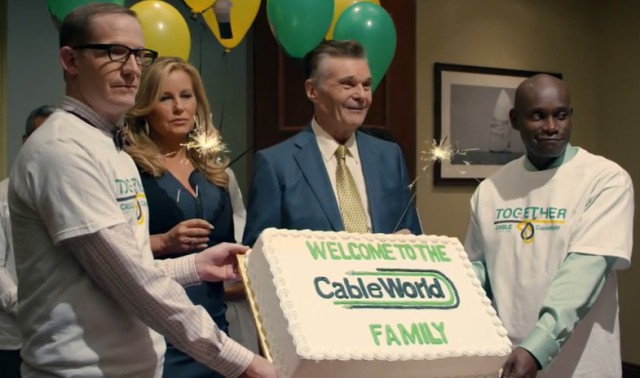 Scammers are once again spoofing Verizon Wireless’ 1-800-922-0204 customer service number shown on a customer’s Caller ID in calls offering “refunds” ranging from $30-60 in return for personal information needed to “process a refund check or service credit.”
Scammers are once again spoofing Verizon Wireless’ 1-800-922-0204 customer service number shown on a customer’s Caller ID in calls offering “refunds” ranging from $30-60 in return for personal information needed to “process a refund check or service credit.”
Verizon Wireless customers (including myself) have started receiving recent unsolicited calls from Verizon Wireless claiming an earlier billing error resulted in an overcharge to their wireless account. The amount of the credit varies, but is significant enough to get the attention of unwitting customers. The caller is asked to verify their Verizon Wireless “account password,” which is a critical piece of information not to be shared with unsolicited callers. Once exposed, anyone can call Verizon Wireless and make changes to your account.
Variations on this scam have been around since 2014. Last fall, callers were instructed to “apply for a refund” at phony websites run by the crooks, almost always detectable because the scammers registered web addresses close to Verizon’s legitimate address, but with two extra numbers attached. (eg. http://28verizon.com/, 27verizon.com, 48verizon.com, etc.) Most of these sites were shut down by early 2015.
Consumers usually believe the calls are genuine because their Caller ID reports the calling number originates with Verizon Wireless customer service. But such caller ID information can now be easily manipulated or faked, making it harder than ever to truly know who is calling.
 Complicating matters are Verizon’s own marketing calls to customers originating from the same 800 number, which are legitimate. In an effort to combat the scammers, customers can call Verizon Wireless back at 1-800-922-0204 and the automated call attendant will confirm any recent legitimate customer service calls (often for an “account review” or to tell you about a past due balance) made to your number recently.
Complicating matters are Verizon’s own marketing calls to customers originating from the same 800 number, which are legitimate. In an effort to combat the scammers, customers can call Verizon Wireless back at 1-800-922-0204 and the automated call attendant will confirm any recent legitimate customer service calls (often for an “account review” or to tell you about a past due balance) made to your number recently.
The best way to avoid this fraud is to not answer unsolicited calls from unfamiliar numbers and refuse to share any personal information with an incoming caller you don’t know. That includes giving out your full name, address, any part of an account password or Social Security number, credit card number, bank account information, etc.
Any legitimate overpayment or overcharge would be automatically credited back by Verizon on your next bill or mailed to the last address on file if you are a former customer.
“I normally never answer a call with a Caller ID number I don’t recognize, but I was fooled because the number reported was Verizon Wireless customer service’s own number,” said Dylan, a Stop the Cap! reader who now admits he gave away too much information. “I foolishly gave them my account password, address, and phone numbers and only got suspicious when they asked for my Social Security number. That is when I knew and I hung up and called Verizon and changed my account password before the scammers did.”
“I learned my lesson.”


 Subscribe
Subscribe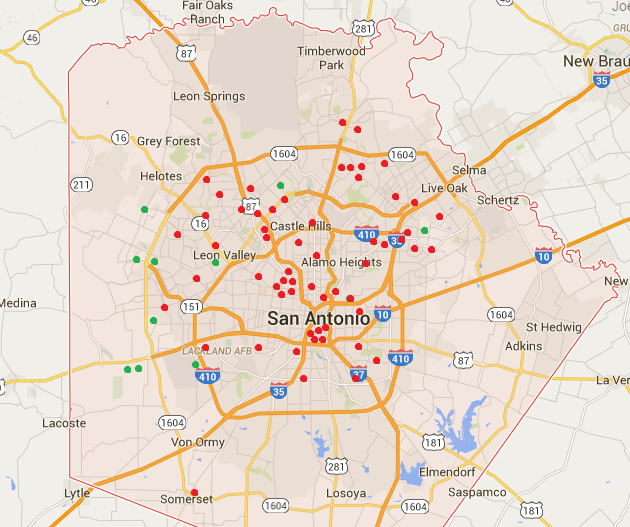
 The Consumerist writes AT&T is proving the importance of robust broadband competition. Communities that have it pay less and get quicker upgrades for faster Internet speeds. Those without pay AT&T a premium or are long way down on the upgrade list.
The Consumerist writes AT&T is proving the importance of robust broadband competition. Communities that have it pay less and get quicker upgrades for faster Internet speeds. Those without pay AT&T a premium or are long way down on the upgrade list.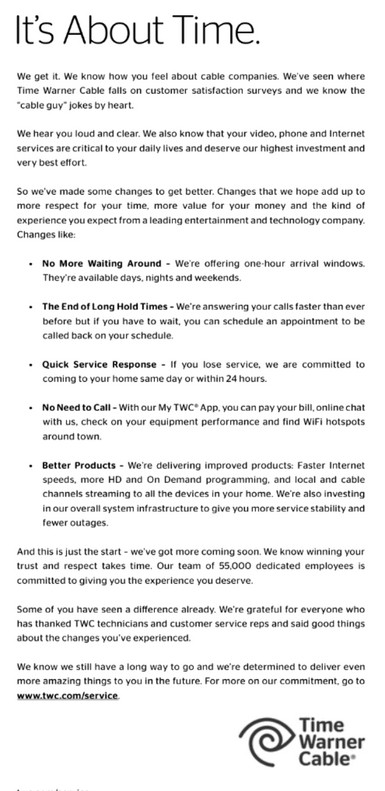
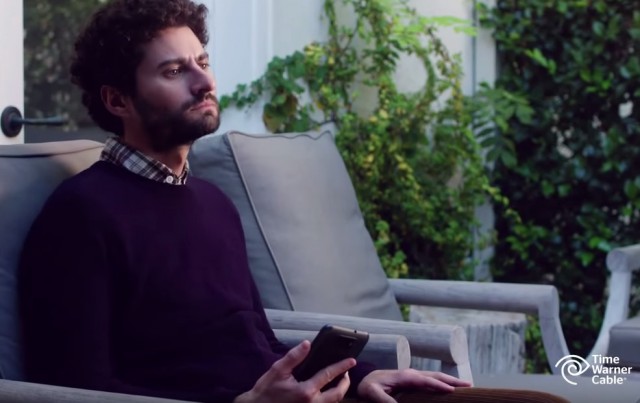

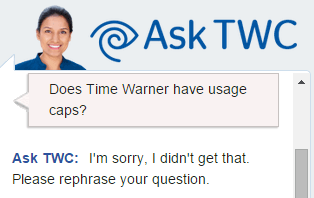 TWC’s TechTracker is going nationwide by the end of this year and promises to let you manage appointment reminders from the app and display a photo of the technician en route. That could be useful to show the authorities if the tech goes missing.
TWC’s TechTracker is going nationwide by the end of this year and promises to let you manage appointment reminders from the app and display a photo of the technician en route. That could be useful to show the authorities if the tech goes missing.
 Ookla’s Net Speed Index rated the community of 62,000 447th fastest out of 505 California broadband-enabled cities.
Ookla’s Net Speed Index rated the community of 62,000 447th fastest out of 505 California broadband-enabled cities.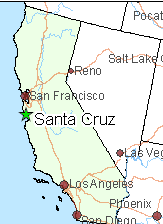 This summer, the City of Santa Cruz joined forces with Cruzio, a California-based independent Internet Service Provider, to plan a new fiber to the home network within the city.
This summer, the City of Santa Cruz joined forces with Cruzio, a California-based independent Internet Service Provider, to plan a new fiber to the home network within the city. The Performance tier speed jumped overnight from 16/2Mbps to 75/5Mbps. Blast! speed increased from 25/4Mbps to 150/10Mbps.
The Performance tier speed jumped overnight from 16/2Mbps to 75/5Mbps. Blast! speed increased from 25/4Mbps to 150/10Mbps.